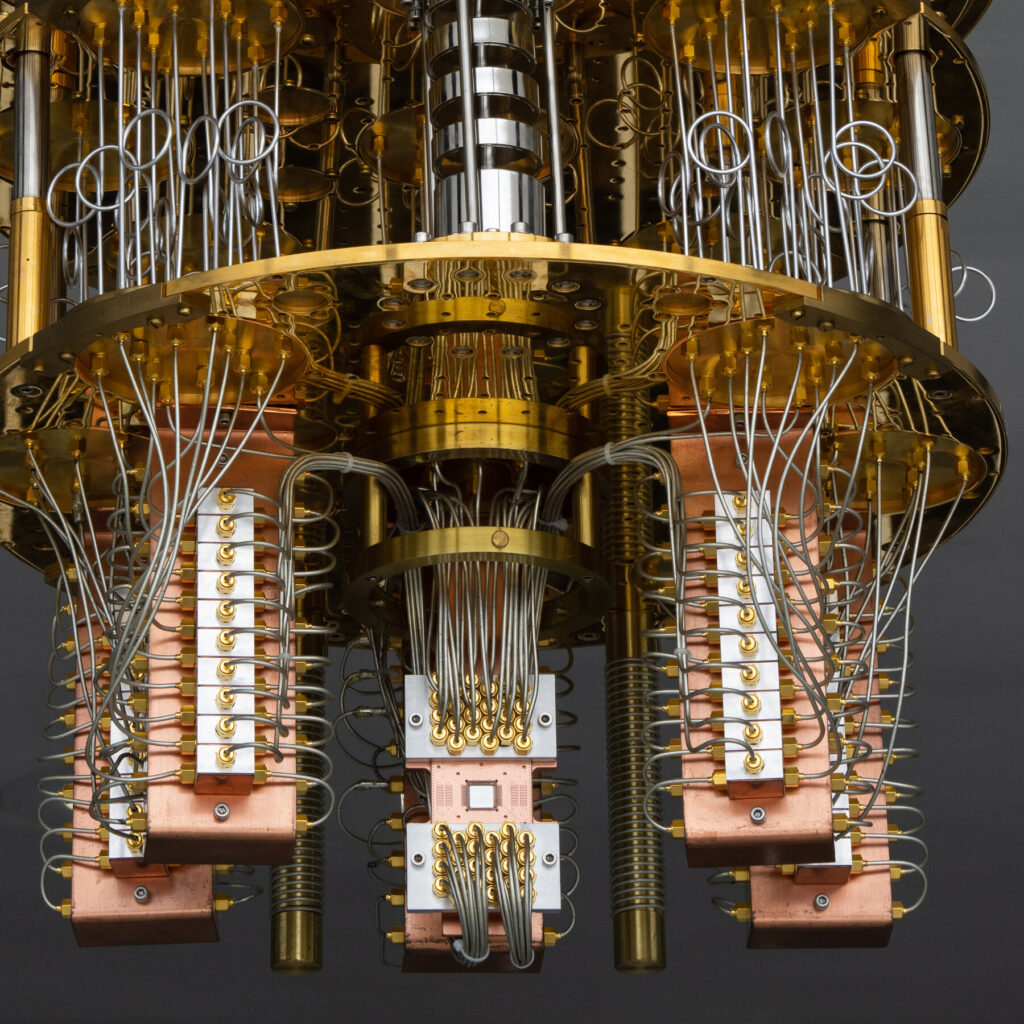The race toward useful quantum computers by 2029 just got a major boost. IBM has revealed its latest innovation — the Loon chip, an experimental quantum processor that represents a major step toward making quantum computing practical, scalable, and commercially viable.
Unlike traditional computers that use bits, quantum computers rely on qubits, which can exist in multiple states at once. This ability allows them to process data at unimaginable speeds. But one major challenge has stood in the way — quantum errors. IBM’s Loon chip is designed to solve that very problem.
What Makes the Loon Chip So Special?
IBM’s new Loon chip is not just another experiment; it’s a milestone in quantum hardware innovation. Developed at the Albany NanoTech Complex in New York, the chip leverages some of the world’s most advanced manufacturing tools.
The key innovation lies in IBM’s hybrid approach — blending quantum and classical computing. This method allows the chip to detect and correct errors in real time, ensuring smoother performance and more accurate results.
In simple terms, it’s like giving quantum computers a “self-healing” mechanism — something researchers have been trying to perfect for years.
How IBM’s Approach Differs from Its Rivals
While tech giants like Google and Amazon are also pursuing quantum breakthroughs, IBM’s Loon chip takes a more balanced and manufacturable approach.
| Company | Quantum Strategy | Key Strength |
|---|---|---|
| IBM | Hybrid quantum-classical model using advanced error correction | Scalable and practical |
| Large-scale qubit redundancy | Extremely precise but complex | |
| Amazon | Cloud-based quantum experiments | Accessible and flexible |
By integrating both quantum and classical elements into one chip, IBM reduces the need for massive redundancy while maintaining high accuracy — a big advantage in terms of real-world application.
Solving the Quantum Error Puzzle
One of IBM’s biggest achievements with the Loon chip is its approach to error correction.
Back in 2021, IBM researchers proposed adapting algorithms originally used for cellphone signal correction and applying them to quantum computing. The Loon chip now brings that idea to life.
This breakthrough means the chip can automatically fix minor disturbances that usually crash quantum operations. As Mark Horvath, an analyst at Gartner, put it — “It’s very, very clever.”
A Glimpse Into the Future: Quantum Power by 2029

IBM’s ultimate goal is clear — to create useful quantum computers by 2029. If successful, this could revolutionize multiple industries:
- Medicine: Accelerate drug discovery through molecular simulation
- Finance: Improve risk modeling and fraud detection
- Energy: Optimize power grids and battery performance
- AI: Enable faster machine learning algorithms
The Loon chip is not just a lab experiment; it’s a clear signal that quantum computing is inching closer to real-world use.
Final Thoughts
IBM’s Loon chip represents more than a scientific milestone — it’s the start of a quantum era. With each advancement, IBM is narrowing the gap between theory and application, proving that the dream of powerful, practical quantum computing is within reach.
As the world watches this technology unfold, one thing is clear — the future of computing has already begun, and IBM’s Loon chip is lighting the way.


